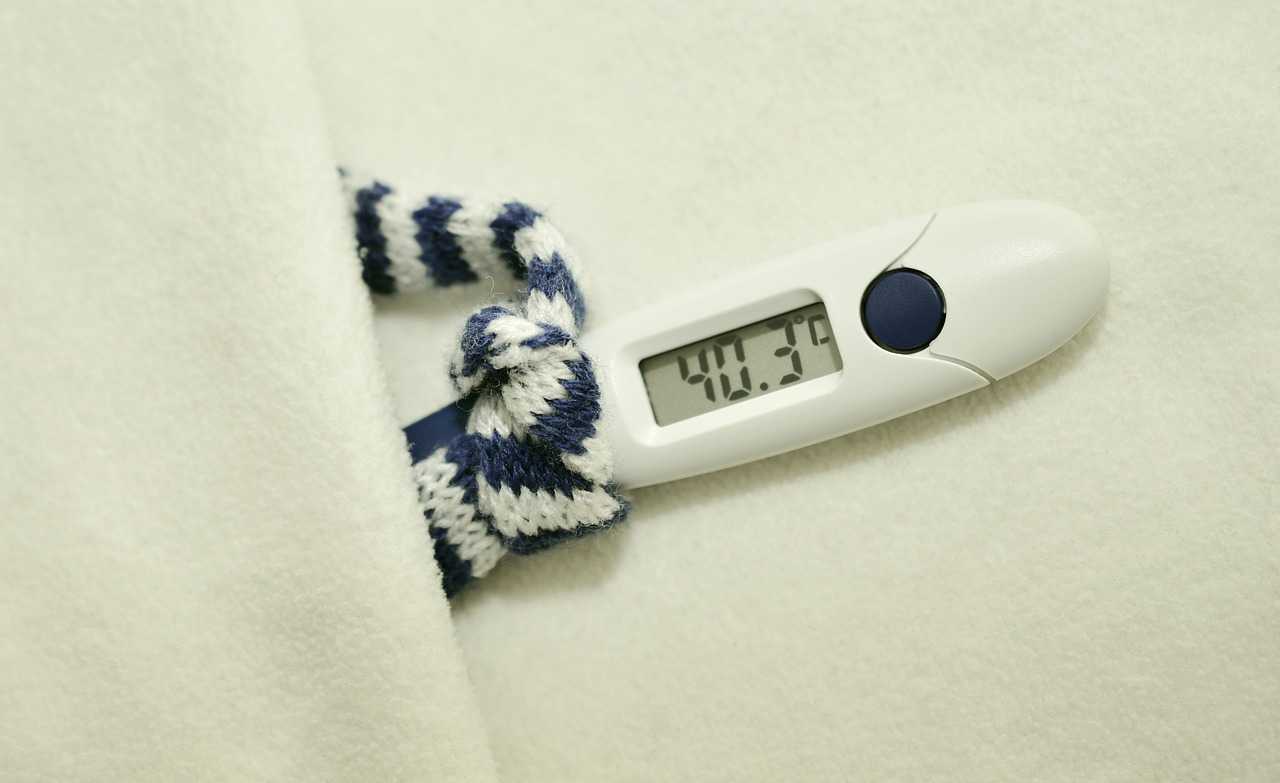One of the most important causes of acquired (non-congenital) heart diseases in underdeveloped and developing countries is acute rheumatic fever. Every society has a 3-6 percent sensitivity of rheumatic fever. It is most prevalent in the age group of 5-15 year, and patients under 5 years old present 3-5 percent of total number. Its diagnosis is made according to “Jones criteria” also recognized by the World Health Organization. If a streptococcal infection during the first episode is proven, the presence of two major or one major and two minor findings is mostly sufficient for the diagnosis of rheumatic fever. The treatment of acute rheumatic fever and prevention of its sequelae require quick and accurate diagnosis and the treatment of streptococcal infection, quick ease of inflammation by anti-inflammatory therapy, the treatment of heart failure, if any, and application of prophylaxis against streptococcal infection to prevent its recurrence.
When diagnosing according to Jones criteria, two major or one major and two minor findings along with evidence of previous streptococcal infection (throat culture, red fever, ASO titer) are sufficient. Along with increased throat pain during swallowing and high fever symptoms, the findings of tonsillopharyngeal exudate (tonsillitis) and painful cervical adenopathy (the swelling of lymph nodes in neck) confirm Group-A streptococcal pharyngitis. Each patient with culture growth needs to be prescribed treatment.
If antibiotic therapy appropriate for the streptococcal pharyngitis is commenced within the first 7-days, development of acute rheumatic fever can be prevented. Antibiotic therapy can be delayed for 1-2 days until the result of throat culture comes out. However, if the patient has a history of acute rheumatic fever and pharyngitis findings, antibiotic therapy is started immediately. If the culture is negative, therapy can be discontinued. Throat cultures of those who has touched the streptococcal pharyngitis patent or patient’s siblings or other family members should be taken, and if it is positive, antibiotic therapy should be applied.
Bed rest is mandatory for every patient with acute rheumatic fever. Rest time depends on whether carditis (inflammation of heart valves-cardiac rheumatism) is concurrent and its degree. Bed rest for 1-2 weeks is sufficient in cases accompanied only by polyarthritis (multiple joint inflammation). Children whose arthritis symptoms have been eliminated can start school 4-6 weeks later. Mild carditis patients can start school 6 weeks later. But excessive activity should be avoided meanwhile. Children with moderate-severe carditis should continue home rest until the symptoms are eliminated and heart failure is under control. They can start school 8-12 weeks later, and meanwhile, excessive activity is limited. Depending on patient’s condition, antibiotics, blood thinners, cortisone and anti-inflammatory therapies should be accompanied by salt-free diet and heart failure medication added to treatment if heart failure is concomitant. Valve disorders that cause severe heart failure can require surgical treatment.
Post-Acute Rheumatic Fever Heart Valve Repair / Replacement: Mitral valve involvement is common following the acute rheumatic fever. Having a quite insidious course along with stenosis due to calcification and damage in mitral valve or stenosis and failure, this condition can continue without any symptom for years. Nevertheless, when it starts to become symptomatic, that is, palpitation, shortness of breath and decreased effort capacity which deteriorates patient’s clinical condition start, severe damage occurs in the heart muscle. Therefore, it is very important to evaluate cardiac functions of patients diagnosed with acute rheumatic fever with echocardiography every year. Scientific studies and new guidelines have shown that early diagnosis of such patients and early surgery before palpitations start, heart chambers expand, heart loses its function and lung pressure increases contributes positively to quality of life and survival (long life) of the patient. Superiority of mitral valve repair over its replacement is unquestionable. Blood thinners are not used in patients whose valve has been repaired. This is important both to patient’s comfort and patient’s protection from fatal complications such as hemorrhage and paralysis resulting from overuse or underuse of drugs. Repair of mitral valve stenosis and/or leaks is as successful as how early they are diagnosed following the diagnosis of acute rheumatic fever. Advanced calcified or narrowed valves diagnosed in the late stage are less likely to be repaired. While biological valve replacement is performed on such patients over 60 years old, mechanic valve replacement is performed on patients under 60 years old.
Robotic Heart Valve Surgery: Both mitral valve repair and replacement surgeries can easily be performed through an incision between ribs as small as 5-6 cm by means of ROBOT. Since chest bone (sternum) is not incised from end to and as it would in the past, the patient’s cosmetic look is perfect after the surgery along with less pain, and hospitalization may reduced down to 3-4 days together with the time in intensive care unit.

